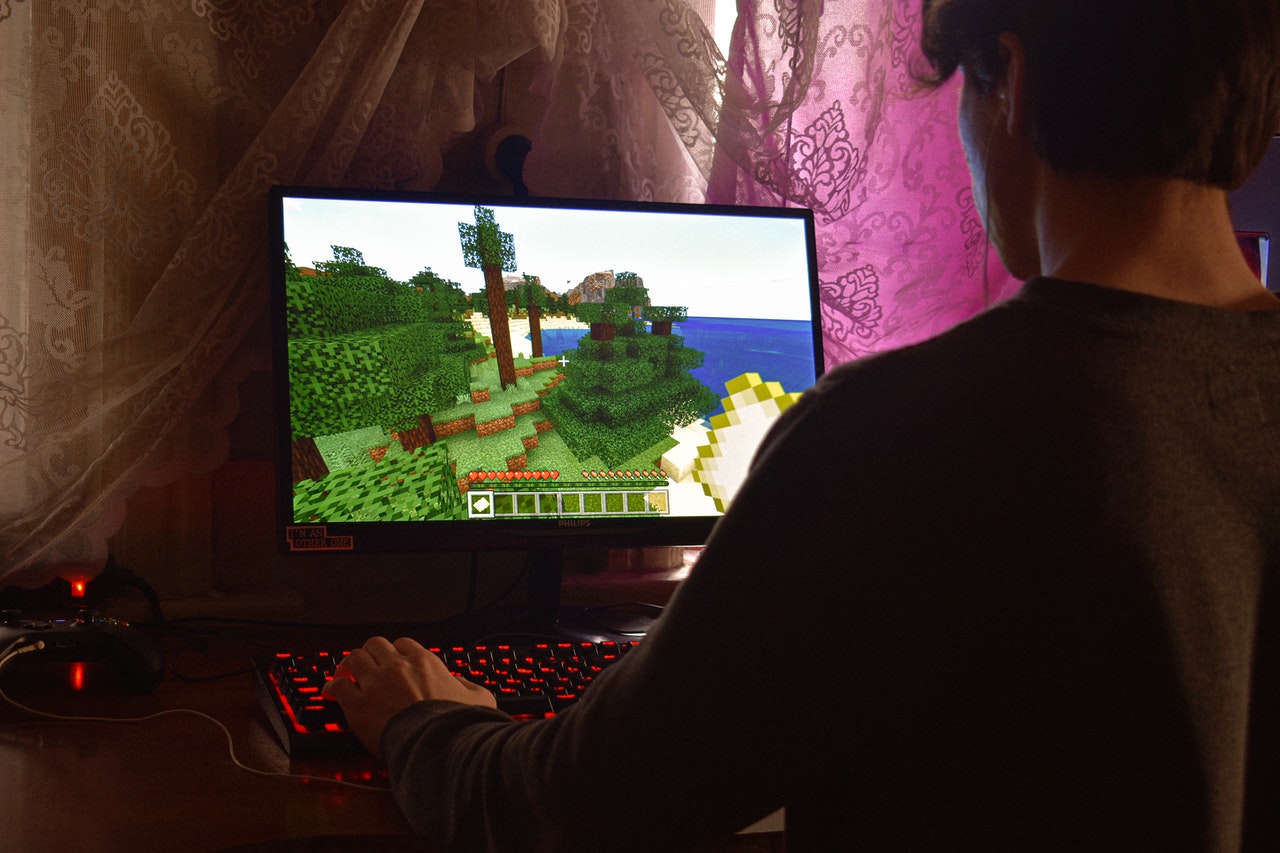For a long time, video games perpetuated a monetized system where the flow of value demanded that players invest their time and money while the developers increased and retained profits. However, in the last few years, non-fungible tokens (NFTs) have captured players by opening up a new front where users get a share of the value created within the gaming ecosystem. This article explores blockchain games and explains why NFT games are the gaming industry’s future.

The Evolution of the Gaming Industry
The gaming landscape has changed in the most unimaginable ways over the last few years. From the early 2000s, during the era of dial-up connections to the days of high-speed internet, that opened a myriad of opportunities that completely transformed gaming with multiplayer, video streaming, and online gaming. The introduction of smartphones in 2007 further revolutionized gaming by making it accessible in players’ pockets leading to free-to-play business models. Since players had their credit cards linked to their smartphones, gaming companies would offer free games but make huge profits from transaction fees and in-app purchases.
NFT games are now the next revolution in the gaming industry. That’s primarily because, unlike the traditional gaming industry skewed towards creating value for developers, blockchain games capitalize on the play-to-earn model to ensure that players are an essential cog in the gaming wheel. As a result, players can now monetize the time and effort they employ every time they play video games. NFT games offer players rewards through NFTs bought or sold via blockchain gaming technology. Moreover, there are dedicated NFT marketplaces where players can sell their digital assets or translate their in-game currency winnings into tangible rewards like actual cash.
Despite being a recent phenomenon, NFT games free to play, such as Chainers, are expanding rapidly within the gaming industry since they combine two of the most enjoyable things in the world: passive income and enjoyment. Users can create an NFT for free and participate in the in-game ecosystem, creating value for their peers and game producers and farming in-game rewards. According to the most recent statistics, NFT gaming is projected to grow at a CAGR of 32.56% during the forecast period from 2022-2027.
The following are among the reasons we believe that NFT games are the future of our industry:
The Growing Popularity of NFTs
The charm of blockchain games is their ability to generate one-of-a-kind and limited digital tokens that users can exchange with other NFTs within decentralized blockchain-based platforms. As a result, gamers become the actual owners of the tokens, meaning they can create an NFT for free, trade, and implement them within the game. If everything remains constant, NFTs will soon become commonplace as digitization and tokenization become the fulcrum of the future of gaming. They could become better substitutes for the traditional gaming experience.
Captivating Gaming Experience
Compared to traditional games, the inclusion of NFTs into gaming introduces a more interactive and immersive experience for the player. At the same time, traditional gaming confined players to boundaries created by the game developer. Blockchain games are dynamic and enable players to win rewards when they play. The result has been a personalized gaming experience that provides extra incentives for anyone to remain within the gaming ecosystem.

Transparency and Item Ownership
NFTs games are decentralized, meaning there’s a considerable level of transparency that allows all players to become a part of the decision-making process that influences the direction the games take into the future. Most importantly, the players own every digital item they create or purchase, a deep contrast to traditional games where the creator owns the in-game items.
A Higher Earning Potential
With the NFT free games to play, developers and players enjoy a higher earning potential because they differ from traditional gaming, where players access the games by paying a one-time access fee. Blockchain games allow players to decide whether to purchase in-game items or enjoy micro-transactions that support the game’s development. Since the new model has succeeded wildly with the free-to-play mobile gaming ecosystem, there’s every possibility that it will work with NFTs as well. What’s more, creators participate in all stages of the process, from developing new NFTs to setting the prices, and there’s potential to earn even from secondary trades in the form of NFT royalties.
Community Building
Unlike the traditional gaming ecosystem, where every player was isolated from others and only interacted via digital avatars, the NFT play-to-earn games future our industry has created looks promising. The difference with blockchain games is their ability to enable players to connect on a more personal level since they work and vote together towards common community goals. There’s every possibility that such digital friendships could lead to face-to-face meet-ups in the future.
The Changing Demographics of Gamers
Historically, gaming has always been associated with young people. However, the entry of NFT games free to play has attracted people from different age groups into the gaming community, and the trend is likely to continue. According to Statista, the distribution of gaming enthusiasts in the U.S. showed that older people were getting attracted to online gaming, besides female players joining the ranks previously dominated by males.

The Future of NFT Gaming
The difference between traditional gaming and blockchain games is significant, and the fundamental differences between them show that NFT games are becoming more popular due to their player-driven ecosystem. NFT gaming has shown that NFTs are enabling games to offer utility in previously unheard-of ways, and only time will tell what the real endgame will be in the gaming world.
While they’re still in their infancy, NFT games have already significantly impacted gaming even as it undergoes this massive digital evolution thanks to the next-gen blockchain technology. That NFTs have the potential to provide advanced data such as the number of past owners, asset creation dates, previous sales prices, and average gold time of the in-game assets is the most unambiguous indication, yet that there’s more that’s yet to come. This limitless potential of NFT games has kept players interested, and the anticipation will make it the future of gaming.